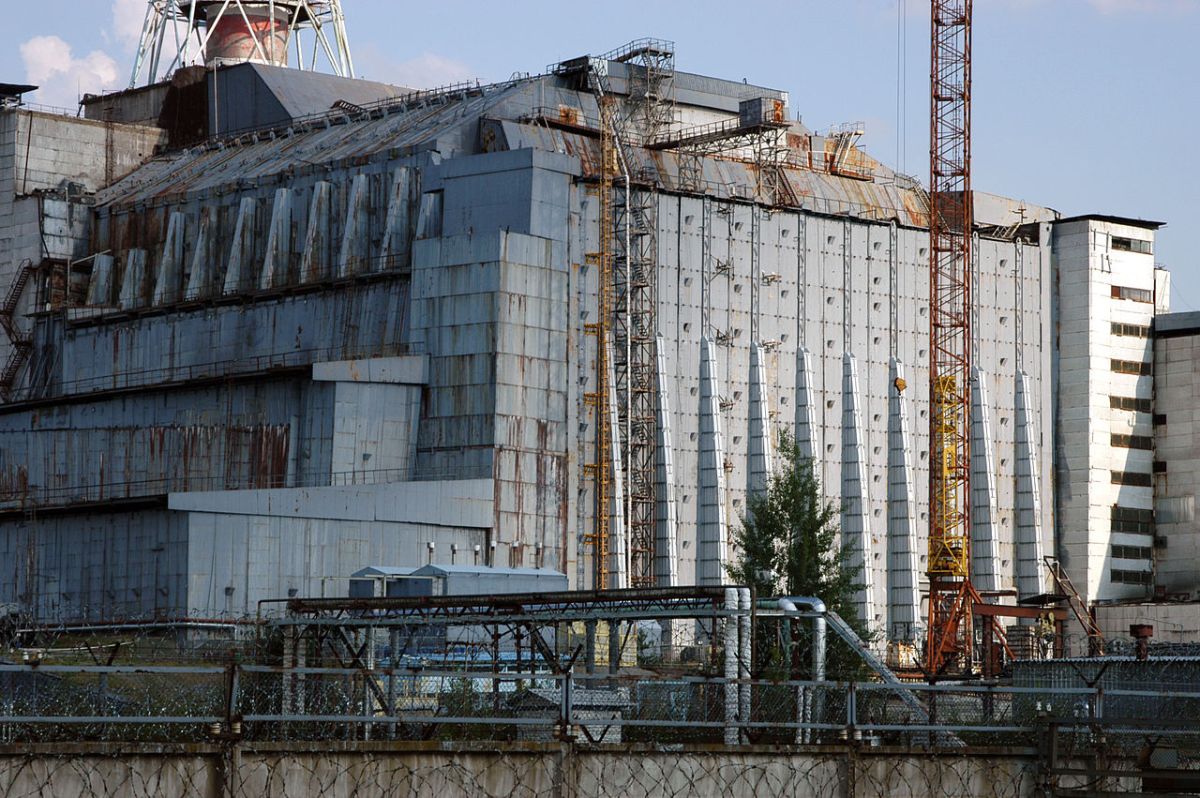Ever since the disaster that took place there in 1986, the Chernobyl nuclear power plant has accrued symbolic power. Whether considered in the light of environmental dangers or seen through the lens of the waning years of the Cold War, it’s continued to be a compelling subject decades after the disaster took place. For some, that’s come via the acclaimed miniseries about the disaster; for others, it’s come via trips to Chernobyl itself.
Those seeking more information about the disaster and its aftereffects have reason to be excited this week. The government of Ukraine recently announced that it would declassify a number of Soviet-era documents about the event. The Brussels Times has more details, including the scope of the information set to be declassified:
The archives, published in a book edited by the Ukrainian secret service, SBU, give an overview of the various construction errors, accidents and emergency interruptions at the plant between 1971 and the day of the disaster.
While it’s been over 30 years since the disaster took place, the damage done continues to have an effect on the local environment and ecosystem. Earlier this year, a series of wildfires in the Chernobyl Exclusion Zone resulted in heightened levels of radiation in the area. In the span of a week, the wildfires consumed 8,600 acres. The fires also raised concern over whether radioactive particles might reach Kyiv or cross borders into Russia or Belarus.
The site of the disaster remains a contentious place for many. Hopefully, with the release of these historical documents, scientists and historians will be able to better understand it.
Subscribe here for our free daily newsletter.
Thanks for reading InsideHook. Sign up for our daily newsletter and be in the know.


















